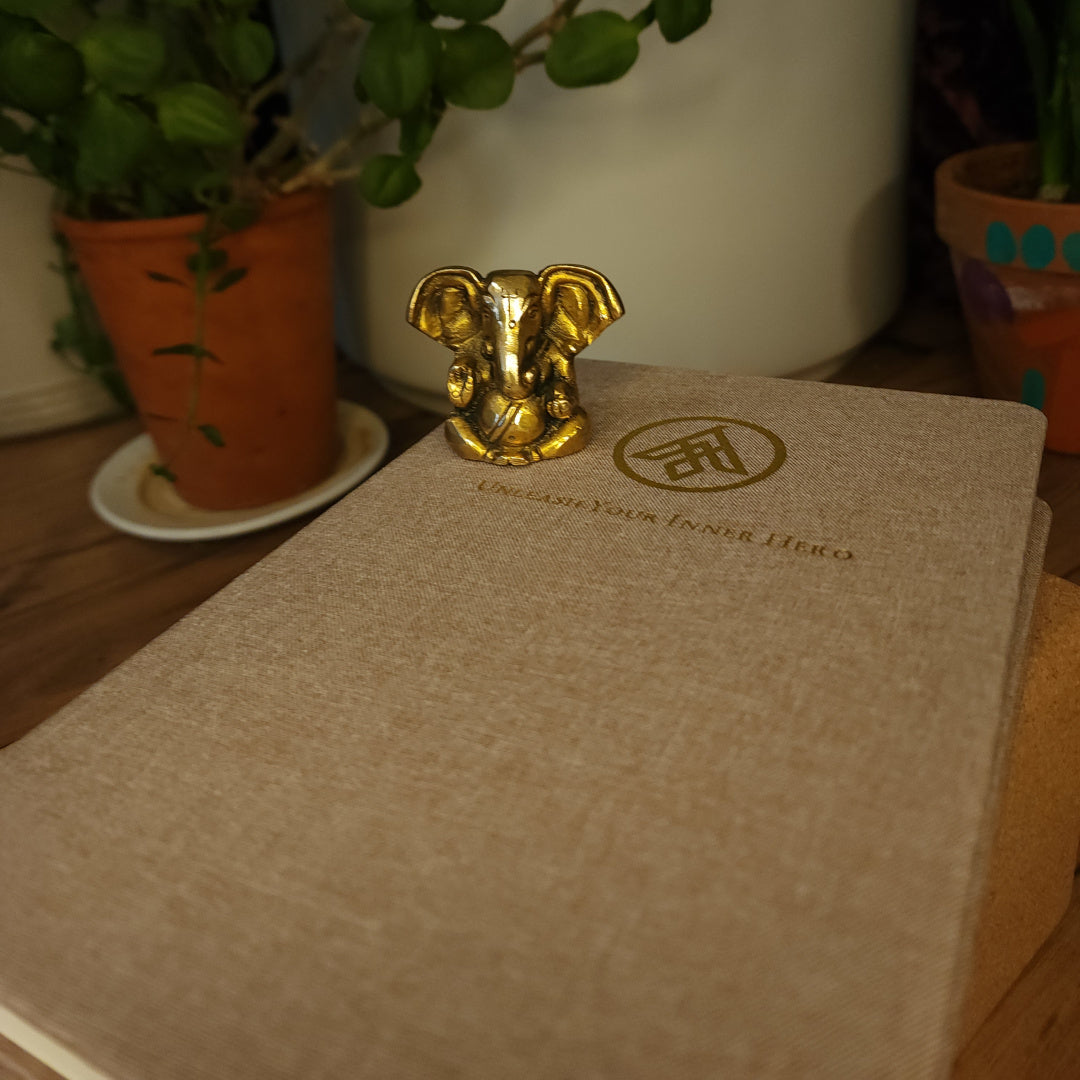Shanta Bhav (Peaceful State of Being)
Jack UtermoehlShare
Shanta bhav is a Sanskrit term meaning "peaceful state of being" or "tranquil attitude."
In yogic philosophy, shanta means "peace" or "calm," while bhav refers to one’s inner state or attitude.
This concept is deeply connected to meditation, stillness, and the cultivation of equanimity.
Practicing shanta bhav allows one to transcend external disturbances and enter a state of inner serenity, making it a foundational quality in spiritual practices such as Bhakti yoga, Raja yoga, and Vedanta.
Etymology and Meaning
Sanskrit Spelling: शान्त भाव
Root Words: "Shanta" (peace, stillness) + "Bhav" (state of being, attitude)
Translation Variations: Peaceful attitude, meditative state, inner tranquility
Pronunciation: Śānta Bhāva [SHAHN-tah BHAH-vah]
Shanta bhav is a state of internal peace that arises when the mind is free from agitation, attachment, and restlessness.
It is cultivated through meditation, self-inquiry, and devotion.
Shanta Bhav in Yogic and Spiritual Philosophy
Shanta Bhav is a core principle in various yogic traditions:
In Bhakti Yoga: It represents devotion expressed through stillness and silent reverence.
In Raja Yoga: It aligns with dhyana (meditation), where the mind becomes deeply absorbed in peace.
In Vedanta: It reflects the realization of the self beyond duality, where inner stillness prevails.
This state is not about suppressing emotions but about cultivating a profound acceptance and steadiness regardless of external circumstances.
Symbolism and Elements
Color: White or pale blue, symbolizing purity and calmness.
Element: Ether, representing expansiveness and stillness.
Mantra: Om Shanti Shanti Shanti, invoking peace on all levels.
Mudra: Jnana mudra, a hand gesture used in meditation to enhance wisdom and serenity.
Practical Application
In Yoga Practice
- Practice deep, mindful breathing to cultivate a calm state of being.
- Engage in seated meditation to develop Shanta Bhav in daily life.
- Use gentle, restorative asanas to embody peacefulness in movement.
In Daily Life
- Respond to challenges with patience and mindfulness rather than reactivity.
- Engage in silent contemplation, prayer, or deep listening.
- Surround yourself with calming environments, such as nature or sacred spaces.
Quotes and Wisdom
"Peace comes from within. Do not seek it without." — Buddha
"Stillness is where clarity and wisdom arise."
Modern Relevance
In today’s world of overstimulation and stress, cultivating shanta bhav is essential for mental clarity and emotional resilience.
By embracing stillness and inner calm, individuals can navigate life with greater balance and awareness.
Related Concepts
Dhyana: Meditation as a practice to refine inner peace.
Bhakti: Devotional surrender that leads to tranquility.
Bhav: State of being as an emotional attitude.
How to Cultivate Shanta Bhav
Mindset: Embrace patience, acceptance, and a quiet inner presence.
Actions: Engage in meditation, mindful breathing, and non-reactivity.
Reflection: Observe moments of inner peace and cultivate them consciously.
Suggested Reading
- The Heart of Yoga by T.K.V. Desikachar
- The Yoga Sutras of Patanjali
- The Power of Now by Eckhart Tolle
Conclusion
Shanta Bhav is the embodiment of inner peace, cultivated through meditation, devotion, and mindful living.
By embracing this state, individuals develop resilience, clarity, and deep spiritual connection.






